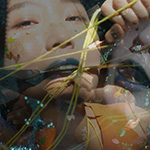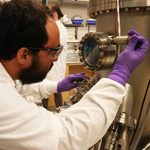Holocaust Living History Workshop Series Will Focus on History, Memory and Meaning for 2018-19
This fall, the Holocaust Living History Workshop once again launches its year-long series of educational events composed of eight seminars, a documentary film screening and a photography exhibition underscoring this year’s theme, “History, Memory & Meaning of the Holocaust.” The workshops are presented by the UC San Diego Library and the UC San Diego Jewish Studies Program.










